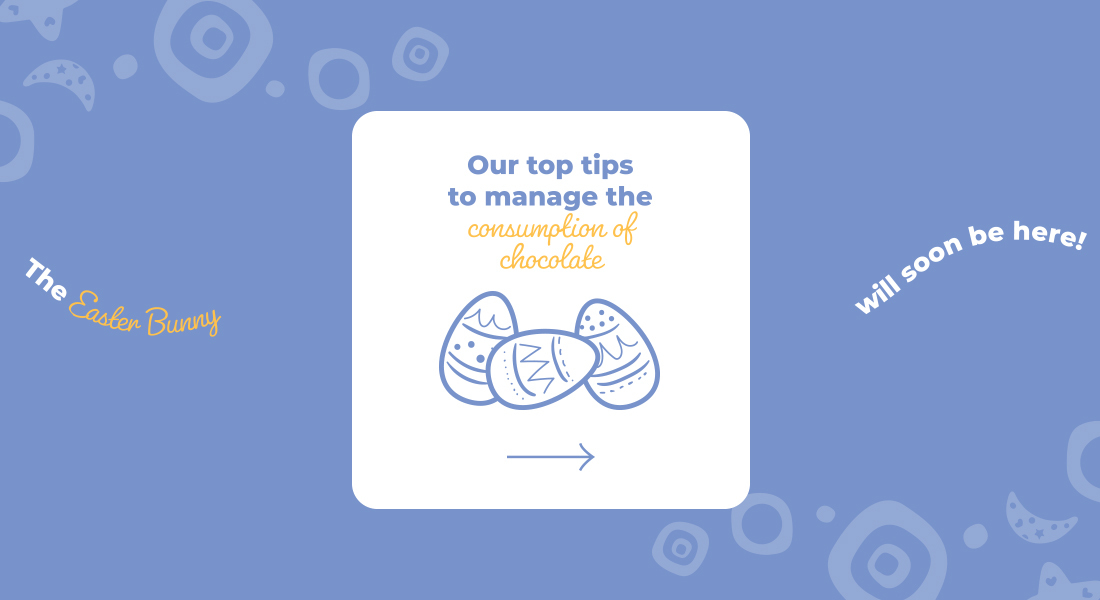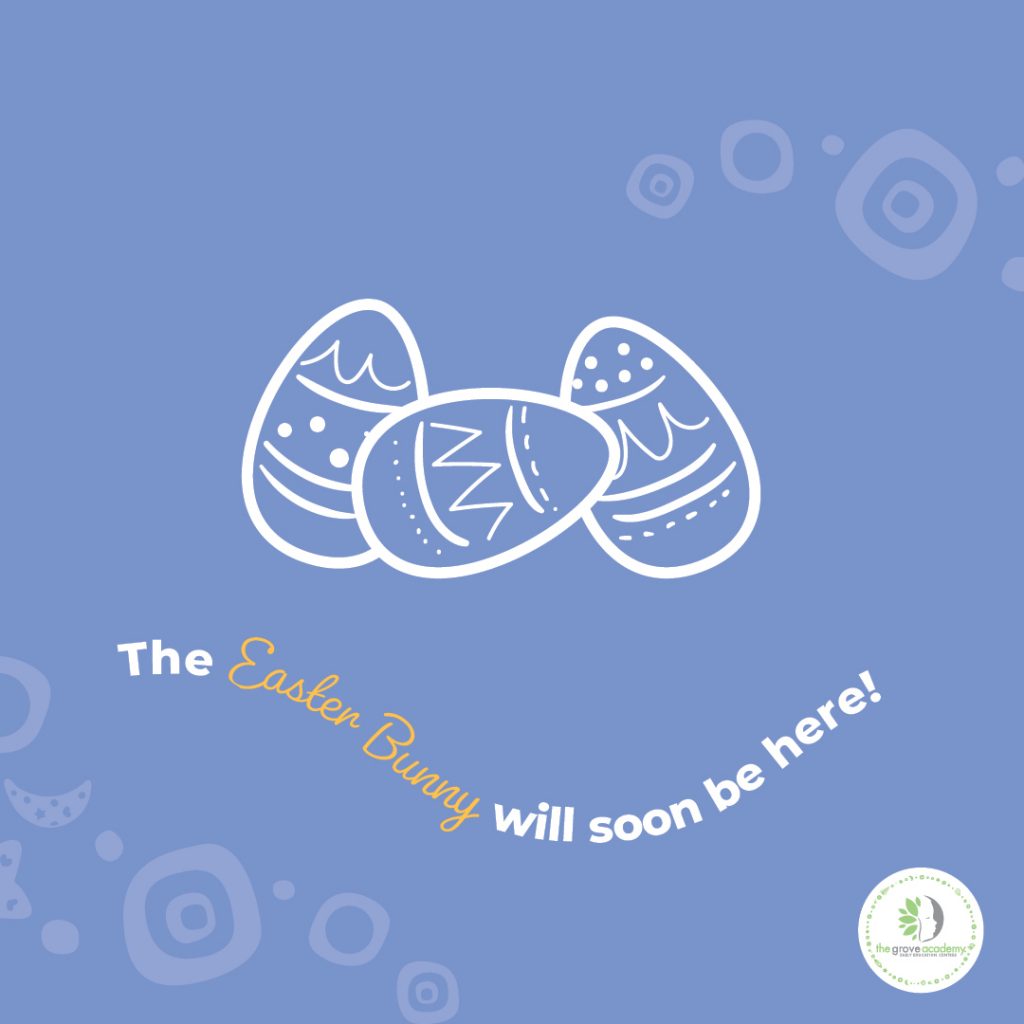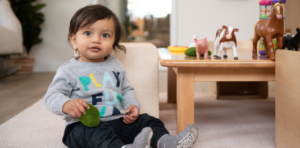

Easter is just around the corner! With Easter comes the dreaded higher than usual exposure to sweets and chocolates for your children as they are gifted from family and friends but, in that moment, we have a choice.
We can make a big deal about it – “Sugar is bad for you.”, “Candy will rot your teeth!” “You’re so lucky to be getting a chocolate!”.
OR
You can say little to nothing at all “Here’s your lunch.”, “I added a piece of chocolate to your lunch”.
Open restriction can often lead to chocolate obsession, while strategic exposure makes it no big deal.
As parents, we naturally have hesitations with allowing our children to indulge in these sweets and chocolates as we live in a society that has labelled these foods as ‘unhealthy’. While that can be true, Easter is a great opportunity to teach children how to create a healthy association with chocolate, about balanced eating, to listen to their bodies (especially their ‘tummies’) and what food does in their bodies.
Eating, sharing and enjoying food (yes, even chocolate) with friends during the Easter and other holidays is a part of life and normal eating. In the bigger picture, it is more important to focus on the food children are eating every day and week. These everyday foods are the foods which make the bigger impact on their health, as well as their attitude towards food and healthy eating.
Here are a few things you can do to manage the consumption of chocolate during the Easter break:
- If family and friends want to give a gift, request they limit the chocolate and gift other items like a book, soft bunny toy, activity pack or an experience they can do with your child.
- Opt for smaller sized or hollow eggs so children can enjoy the chocolate in smaller portions. For toddlers especially, they just don’t know as much as we know. They may not know that chocolate comes in big blocks. A little square on their plate is often more than enough!
- Talk to your children about paying attention to what they are eating, the flavours and savouring each mouthful.
- Be sure to pack the chocolate away once everyone has enjoyed their sweet treats for the day. Out of sight, out of mind!
- Offer the chocolate alongside regular snacks/meals. This doesn’t mean we need to serve it all the time, as the parents it’s up to us to say when and how much will be served; but at times when there is more exposure than normal, serving it alongside your regular meals or snacks keeps it off the pedestal and stops kids obsessing over it.
- Talk to your children about how food works in their bodies e.g. chocolate does a little bit for your body, broccoli does a lot for your body.
- Get active! The holidays surrounding Easter are a great opportunity to get active together in a fun way. Bush walks, a trip to the park, family cricket matches or beach swims (if we are lucky with the weather).
- Don’t forget to leave a carrot out for the Easter Bunny! This is great opportunity to have your children interacting with the vegetable in a different way.







